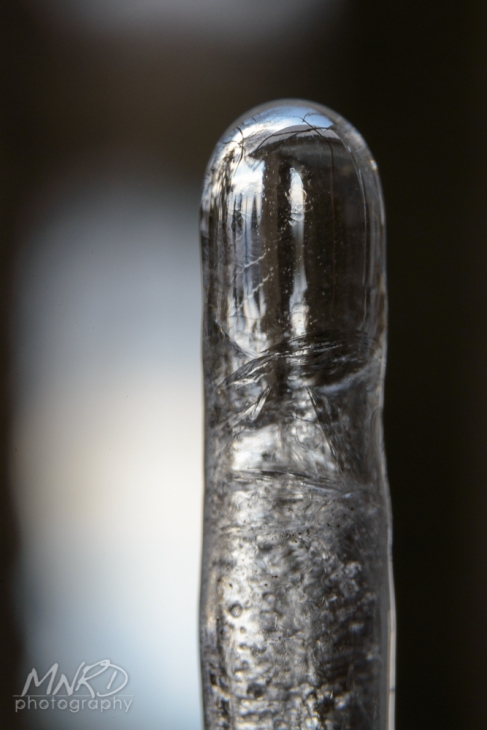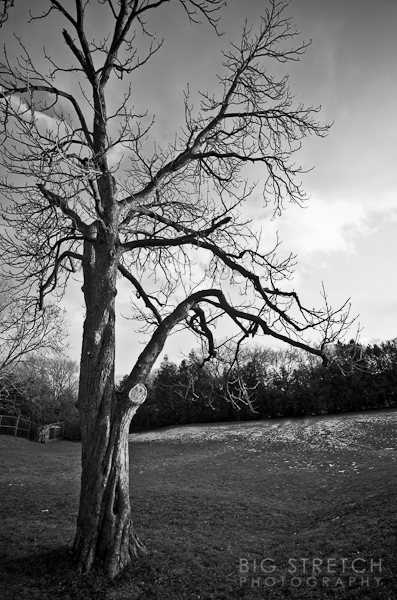As much as I love the snow, I am just about ready for some patios, motorcycles, golf and shorts. This afternoon, after shoveling for the umpteenth time this year, I went out to take some pictures (making the most of the mild temperature) and when I reviewed them, it was as if mother nature was rubbing it in. So I’m giving this Icy Middle Finger right back at her.
Random Rantings
Beware the Pretty Little Liar…
…On the back of your camera… AKA: Your LCD screen!
First of all, I recommend shooting in RAW and developing in Lightroom to just about every student that takes one (or more) of my classes at Henry’s School of Imaging. The amount of information that is retained in a RAW file is staggering in comparison to the alternative; jpg.
The other night I had a comment from a student who had attempted to shoot RAW when they first purchased their camera, but promptly switched back to jpg. They complained that when they first took the picture, it looked amazing on their camera’s screen, but when they imported said picture into Lightroom, it suddenly changed and became bland and boring, leaving them with their work cut out for them when developing their image.
The reason this happens is that with every RAW image you capture, a jpg preview is created along with it. This jpg preview has the same processing that the camera would have normally applied, as if you were shooting in jpg to begin with. The reasoning behind this is so that you can preview your RAW images using any number of programs, even though they can’t necessarily edit the raw data. For instance, on a Mac, you can see your RAW images using Preview, even though you can’t actually edit them using that program. Think of it as a large thumbnail preview.
Simply put, you should always try and get the exposure right in camera; even (especially) when shooting RAW images. How do you do this effectively? By using your histogram, of course.
The moral of the story? Your LCD screen is a compulsive liar and can’t be trusted, but the histogram never lies!
Random Ranting – 05/03/2012
I read a great quote today that I hadn’t heard before, but had to pass on…
“If you buy a camera, you are a photographer. If you buy a violin… You own a violin.”
New Year = New Inspiration
During the last quarter of 2011, I hit my first real creative wall with my photography. Nothing seemed to inspire and I felt like I was simply going through the motions and taking pictures, as opposed to making them. During the Christmas holidays (I had nearly a month off), I set out in search of inspiration. I looked at hundreds of Flickr Photostreams, other photog’s websites, sites that offer inspirational ideas like: go see a movie! None of these pursuits led to any kind of revelation. Then I stumbled across this simple little “Photo Inspirations” script: http://viljo.marrandi.ee/inspiration.html. It randomly generates a scenario [subject / lens / time of day] to go photograph. It is such a simple concept, but I suppose therein lies the beauty of it.
I’m not sure to what extent I’ll be using it on this blog. It could become a daily/weekly thing, or perhaps just as filler when I have nothing better to say… Regardless, here is an example of a random scenario and the resulting photo…
Your new photo task is to shoot “light and shade” with “wide angle” at “sunset”


